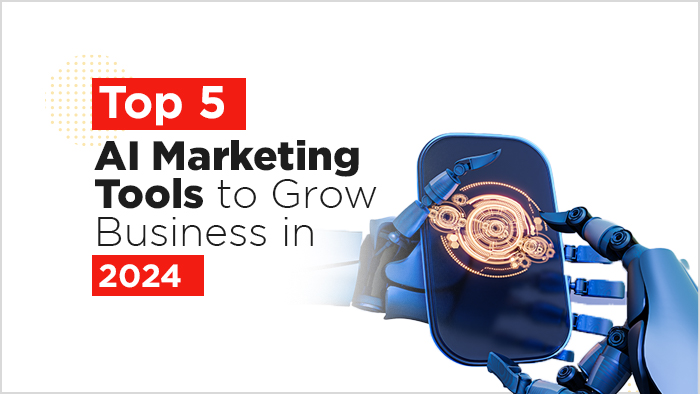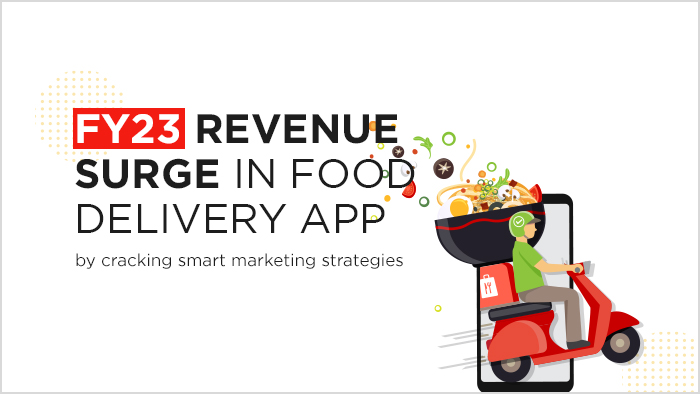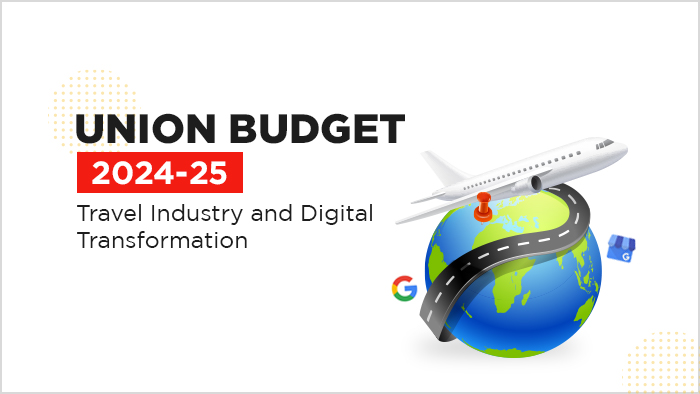Mobile Phones have undoubtedly made life easy. As the world spends more and more time with mobile devices, mobile will continue to grow as the place where discovery, consideration and purchase can all take place. Leaving no stone unturned, they have not only acquainted people with technology and its benefits but has also become a great source of business.
Joel Anderson, CEO Walmart states “I can’t overstate how mobile is changing how we interact with our consumers, we have to embrace these changes.”
So, let’s embrace the change with Facebook IQ’s study on mobile e-commerce and how they have predicted that by 2020 over half the connected world will be making purchases online with:
- 34% of retail e-commerce in Brazil
- 45% of retail e-commerce in the UK
- 47% of retail e-commerce in the US
- 63% of retail e-commerce in South Korea
- 80% of retail e-commerce in India
Let’s have an insight into the factors or shifts shaping how people will shop in the coming future:
CONVERGENT COMMERCE
With the increasing usage of mobile phones and time spent on it, mobile will continue to grow as the place where discovery, consideration and purchase can take place. Shoppers will use mobile to condense – and even completely collapse – their journeys into a single, serendipitous moment in time.
According to Facebook IQ’s study, people shop faster on mobile as compared to computer which is supported by the following data:
- Looking at the time between advert exposure and conversion, mobile-to-mobile conversions are 13% faster than computer-to-computer ones for US retail/e-commerce shoppers.
- US travellers spend 75% less time when booking on mobile than on desktop.
- One in four US people surveyed say that they use express (one-click) checkout on their phone.
INVISIBLE DIFFRENTIATORS
In a world where convenience has been redefined by one-click buying and on-demand everything, people will not only pay for ease – many will base their buying decisions on it.
Here is a list of factors that mobile shoppers want more:
- Faster Browsing: Poor navigation or slow loading can serve as a barrier for mobile shoppers. 40% of mobile website visitors abandon a site at three seconds of delay.
- Smooth Journeys: Amongst frequent mobile shoppers surveyed in the US, 90% say a smooth checkout experience would motivate them to buy again with the same provider.
- Mobile Payments: Amongst people surveyed in 14 markets, 63% say that being able to make payments matters when choosing a messaging app.
PERSONAL ASSISTANCE
Our mobiles phone surely shares a personal relationship with us. The fact that 75% of US smartphone users say they customise which apps appear on their home screen throws a light on the “personal space” and relationship they share with their phone. Thus, they will always be inclined to apps or adverts that provide personalised experience. Let’s make it clear through this data:
- 1 in 2 travellers in the US agree that personalised adverts save them time and effort.
- 3 in 4 North Americans have chosen, recommended or paid more for a brand that provides a personalised service or experience.
- 1 in 2 North Americans and Europeans said that they’d stop doing business with a brand that repeatedly delivers a poor, impersonal or frustrating experience.
M-COMMERCE: MESSAGING
We can clearly observe people using messaging apps to pave new paths to purchase today. Customer service is just the tip of the iceberg when it comes to messaging apps – which are already demonstrating their ability to serve as one-stop shops and m-commerce machines. The report says that by 2020, 80% of smartphone users are projected to be using a mobile messaging app.
- Amongst people surveyed who message businesses, 53% say that they’re more likely to shop with a business they can message and 67% plan to message businesses even more over the next two years.
LOYALTY LOCK-IN
In an era where people have infinite choices and tools ranging from price aggregators to coupon-seeking browser plugins, brands need to have loyal customers. The much spoken about brand love is not old-fashioned and 37% of US people identified themselves as “brand loyal repeat purchasers”. But for brands today, if convivence is the king, then loyalty is seamlessness of subscription and automation.
In the survey, many US consumers are already subscribers to a wide range of services, including:
- Video on demand: 74%
- Shopping (eg. Amazon Prime): 62%
- Audio: 37%
- Digital “print” (e.g. Kindle Unlimited): 28%
- Lifestyle (e.g. Birchbox, Dollar Shave Club): 17%
- Health + wellness (e.g. Blue Apron): 12%
Future and Marketer Shifts
According to the survey, there will be key differentiators between the businesses that will thrive in 2020 and the ones which will fall wayside. Here are some thought starters for the future success.
- Shoppers would seek shorter journeys, so the marketers who would wish to accelerate their conversions should look to remove frictions from the shopping journey. Transform the long procedures into one Checkout step only, unlock the power of messaging apps and place “Buy” buttons, where users would find them easily.
- The subscription services are of advantage for businesses to stay in constant contact with your audience and keep them inspired and connected with your brand. For that, you have to consider where your business may be able to benefit from when it comes to the possibilities of subscription.
- With a vast audience, it is important to have people-based measurement, which can provide a more complete view of customers. For the complete view, you can measure actions taken online and offline, across channels, growth from impression to conversion – to make your media spend smarter and harder in the future.












